Road bikes are specifically designed for speed, efficiency, and long-distance riding on paved surfaces, and they stand apart from other types of bicycles—such as mountain bikes and gravel bikes—through a combination of geometry, components, and performance characteristics. Below is a detailed breakdown of the defining features of road bikes, and how they differ from mountain and gravel bikes:
1. Frame Geometry and Riding Position
Road bikes have a lightweight, aerodynamic frame with a geometry that places the rider in a more aggressive, forward-leaning position. This minimizes wind resistance and maximizes pedaling efficiency.
Compared to mountain bikes, which prioritize stability and shock absorption on uneven terrain, road bikes have steeper angles, shorter wheelbases, and lower stack heights.
Compared to gravel bikes, road bikes typically have a more aggressive fit and are less upright, making them faster on smooth roads but less comfortable on rough surfaces.
2. Tires and Wheels
Road bikes use narrow, high-pressure tires (often 23–28 mm wide) to reduce rolling resistance and improve speed on smooth pavement.
Mountain bikes have much wider, knobby tires (typically 2.1” to 2.6”) designed for traction on dirt, rocks, and trails.
Gravel bikes use moderately wide tires (35–50 mm) with light tread, balancing grip and rolling efficiency on mixed surfaces like dirt roads and light trails.
3. Handlebars
Road bikes feature drop handlebars, which allow for multiple hand positions and better aerodynamics at higher speeds.
In contrast, mountain bikes use flat or riser handlebars, offering stability and control over technical terrain.
Gravel bikes also use drop bars, but with a wider flare to improve handling on rough surfaces and more comfort over long distances.
4. Suspension
Road bikes generally do not have suspension systems. Their rigid forks and frames are built to be lightweight and stiff for power transfer.
Mountain bikes commonly have front suspension (hardtail) or both front and rear suspension (full-suspension) to absorb shocks on uneven terrain.
Gravel bikes sometimes include micro-suspension elements, like flex zones or small dampers, but usually retain a rigid fork to keep weight down.
5. Gearing
Road bikes have closely spaced gear ratios, ideal for smooth transitions and maintaining cadence at high speeds.
Mountain bikes offer wider gear ranges, optimized for steep climbs and technical descents.
Gravel bikes strike a balance, often featuring wide-range gearing to handle a variety of inclines and surface conditions.
6. Frame Materials and Weight
Road bikes often use carbon fiber, aluminum, titanium, or lightweight steel to keep weight to a minimum.
While mountain and gravel bikes may use the same materials, road bikes are generally the lightest, with top-tier models weighing under 7 kg (15 lbs).
The lack of suspension, smaller tires, and minimal accessories also contribute to lower overall weight.
7. Braking System
Modern road bikes increasingly use hydraulic disc brakes, although rim brakes are still found on many models.
Mountain bikes exclusively use disc brakes for their superior performance in mud, dirt, and steep descents.
Gravel bikes also use disc brakes, offering consistent stopping power across varied terrain and weather conditions.
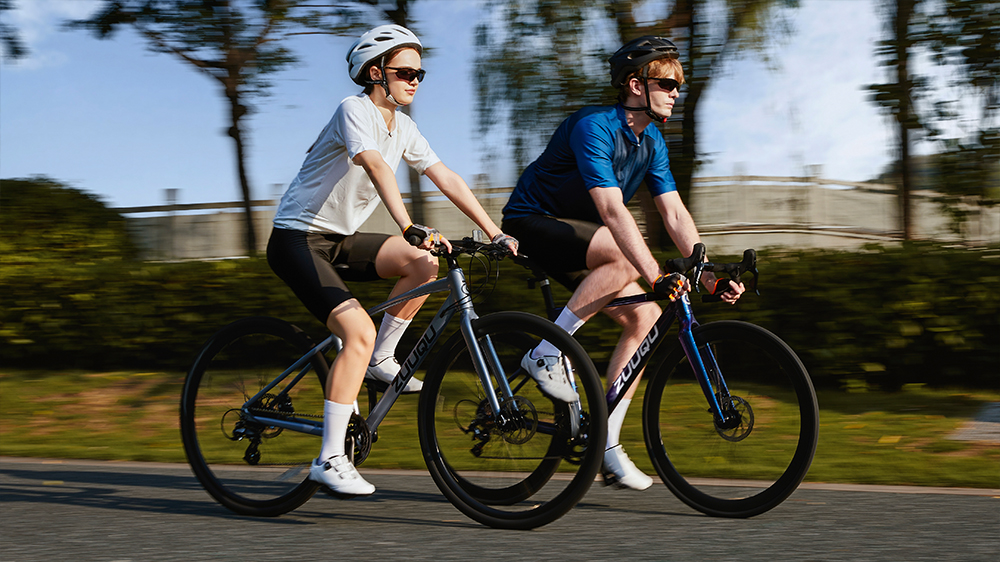
8. Intended Use and Terrain
| Bike Type | Best Used For |
| Road Bike | Paved roads, long-distance rides, racing, commuting |
| Mountain Bike | Off-road trails, rocky terrain, steep technical riding |
| Gravel Bike | Mixed surfaces – gravel roads, dirt paths, pavement |
Road bikes are optimized for speed and distance on smooth roads, whereas mountain bikes are built for durability and control on rugged trails, and gravel bikes provide versatility across multiple terrains.
9. Accessories and Mounting Options
Road bikes typically have minimal mounting points to reduce weight and maintain sleek aerodynamics.
Gravel bikes often come with mounts for racks, bottle cages, fenders, and bags, supporting bikepacking and adventure riding.
Mountain bikes may include mounts for water bottles or accessories, but these are often limited due to frame geometry.
10. Riding Experience
The ride on a road bike is usually faster, stiffer, and more efficient, but can feel harsh on bumpy roads.
Mountain bikes deliver comfort and control on rugged terrain but are slower and heavier on pavement.
Gravel bikes provide a middle ground, combining moderate comfort, speed, and off-road capability.
Conclusion
The defining features of a road bike lie in its streamlined design, lightweight construction, and emphasis on speed and efficiency on smooth pavement. Unlike mountain bikes, which prioritize shock absorption and traction on rough terrain, or gravel bikes, which aim for mixed-surface versatility, road bikes are purpose-built for fast, sustained riding on paved roads, whether for fitness, racing, or commuting.


 0
0


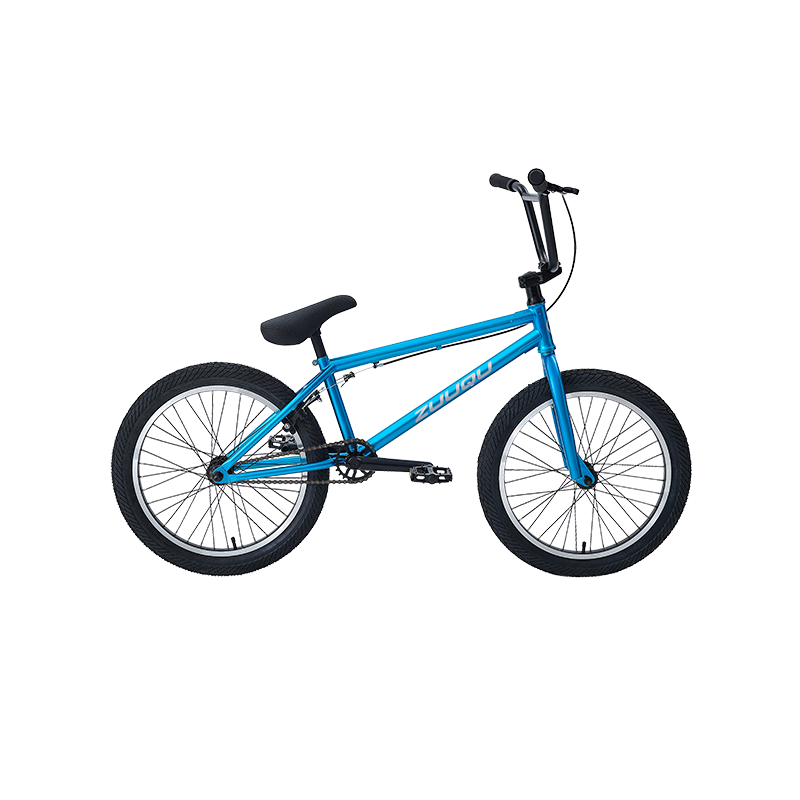

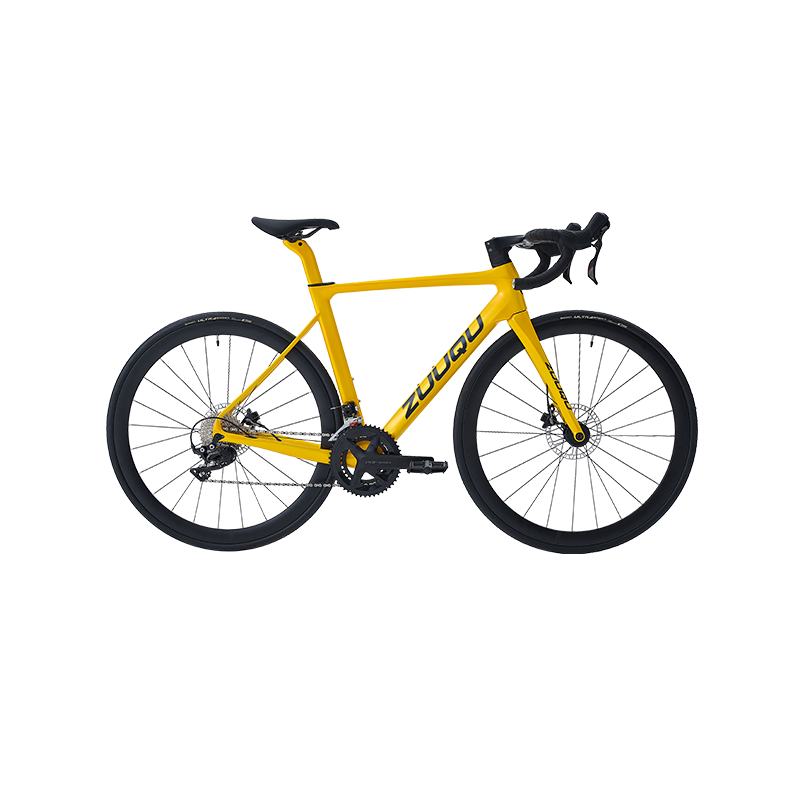
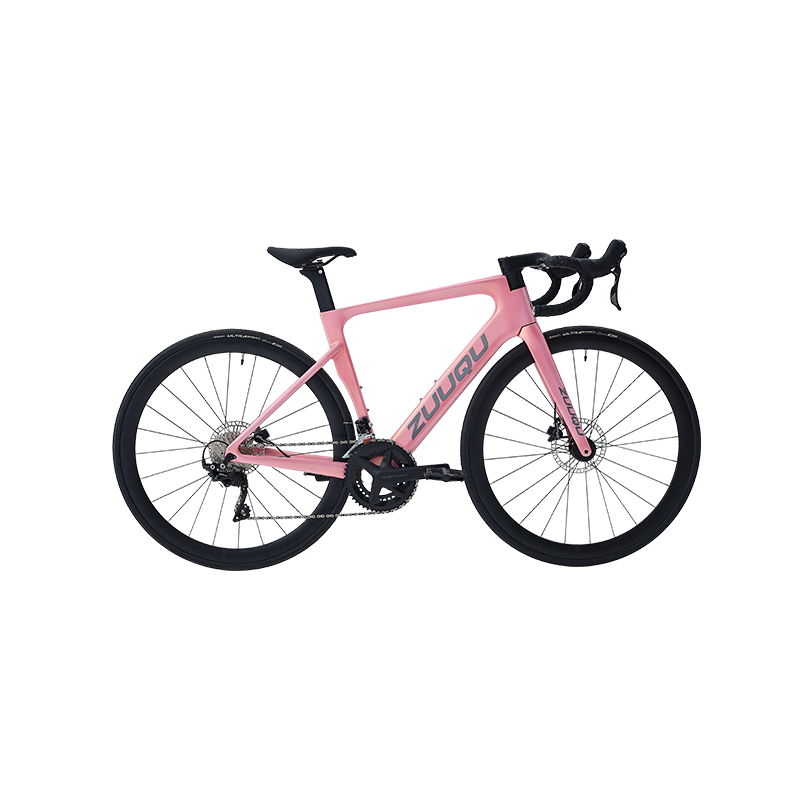
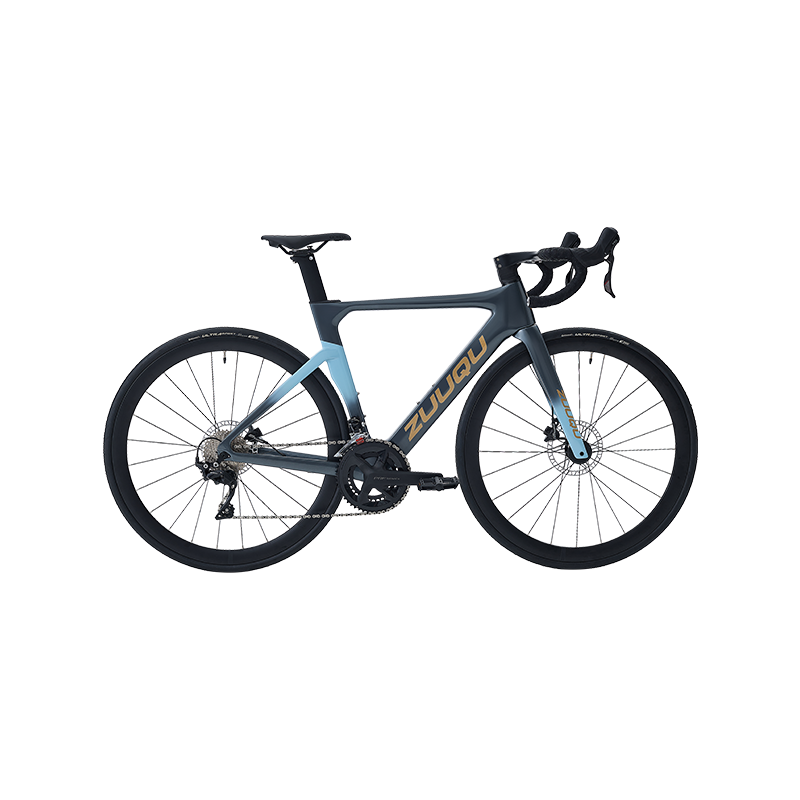
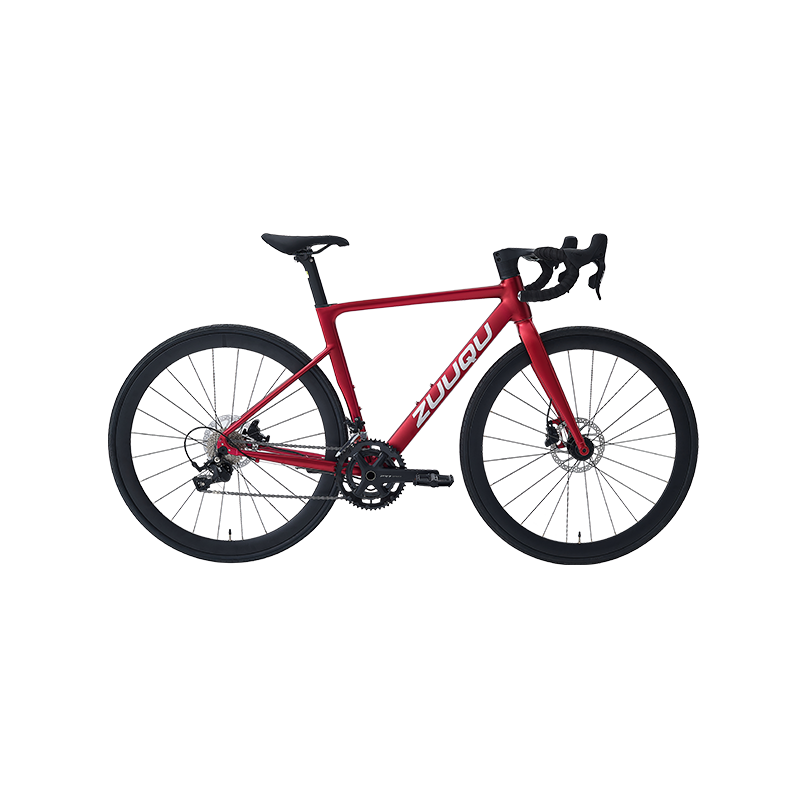
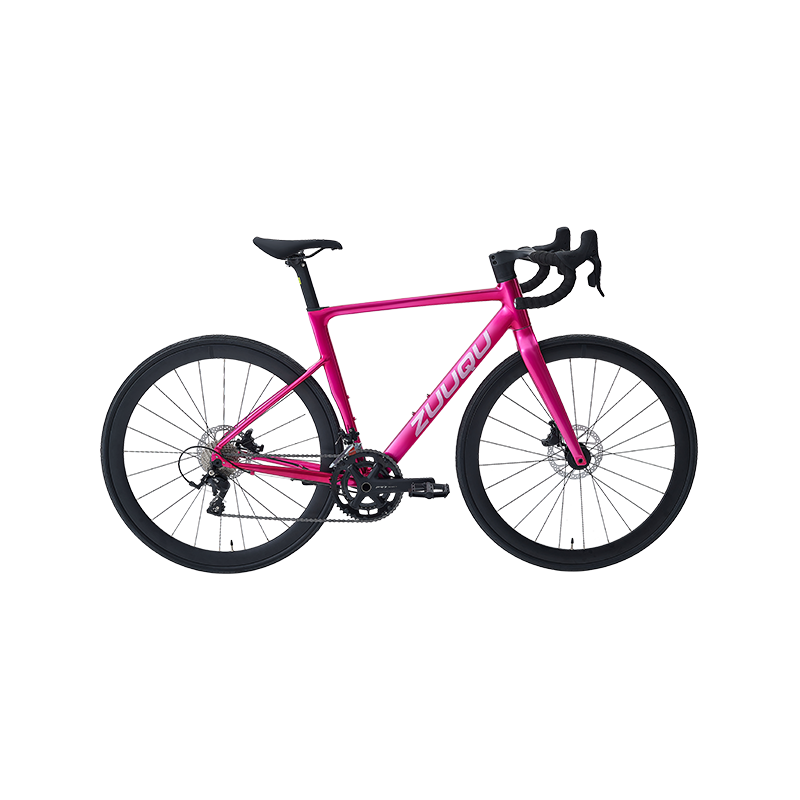

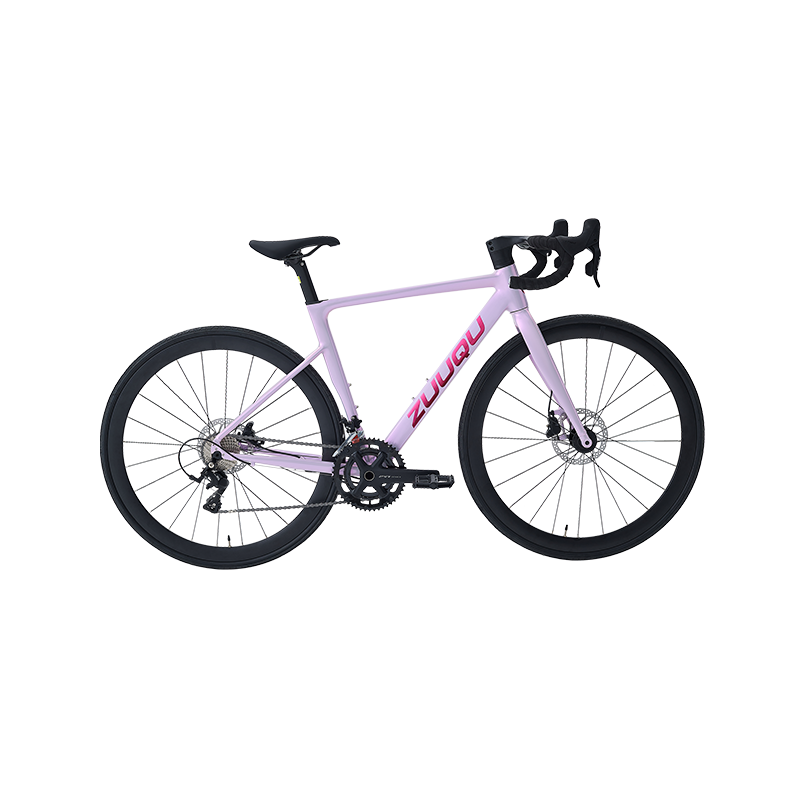
 Linhang industry park, Zhuji,
Linhang industry park, Zhuji,  +86-18858280688
+86-18858280688
